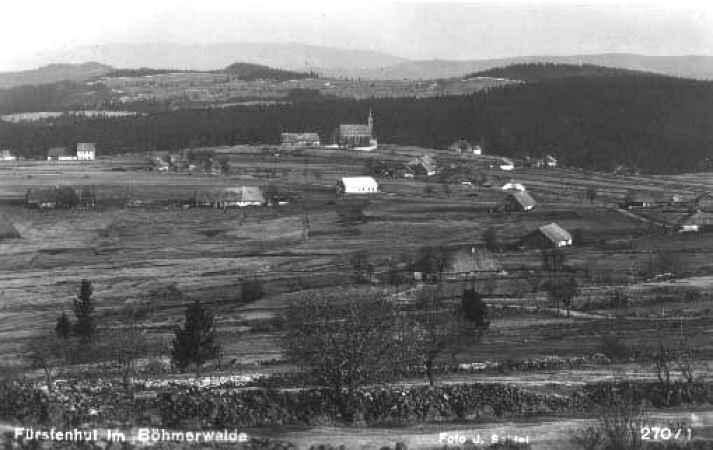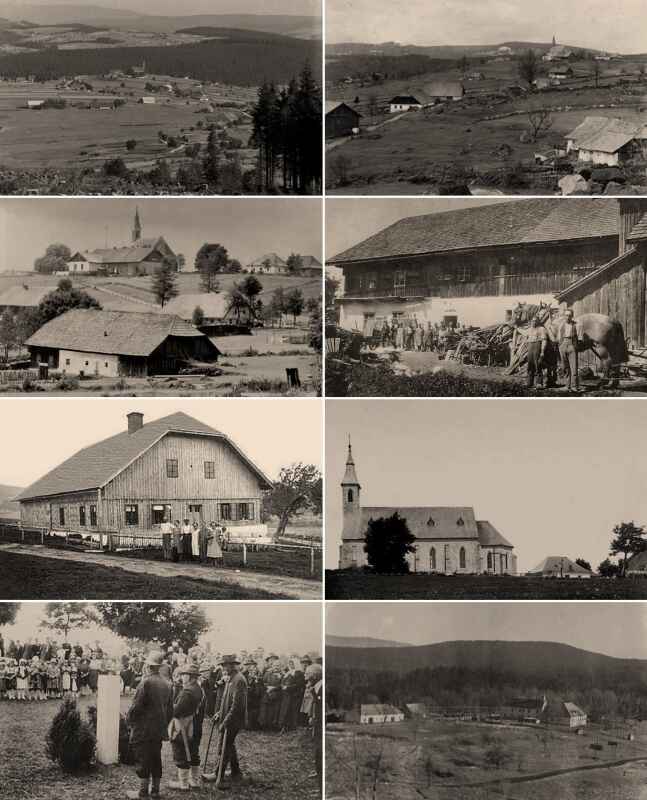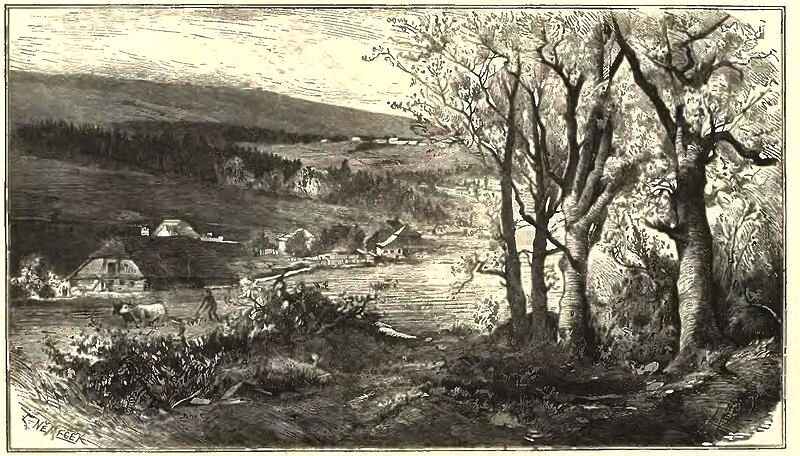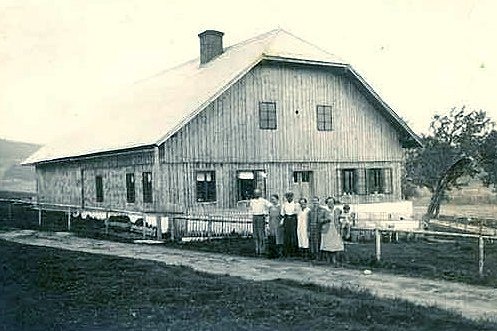The necessity of processing wood in the border forests led to the fact that in 1799 Prince Schwarzenberg gave permission for 48 timber families to build their houses in what was then called Schöne Ebene - Nice View. In the years 1800 - 1801, a new village was built. The new settlement was given the name Fürstenhut, which only later, in 1877, appeared in the Czech form Prince's Plan.
An old folk tale states the origin of the local name somewhat differently. In it, it is said that at the time of the foundation of the village, Prince Schwarzenberg himself visited this place, but a strong wind blew away his hat, which was left hanging on a tall fir tree. One of the local woodcutters quickly climbed a tree from which he removed the hat and handed it to the prince with the words: "Here is your hat!"
The prince thanked him for his performance and declared that the new village should be named the Prince's Hat - Füstenhut in German in memory of this event. The oldest written report on the number of houses and inhabitants was preserved from 1840, when there were already 59 houses in which a total of 521 lived persons. At that time, there was a hunting lodge, a forest preserve, a mill, a sawmill, a school, a municipal office, four inns and a border guard post.









